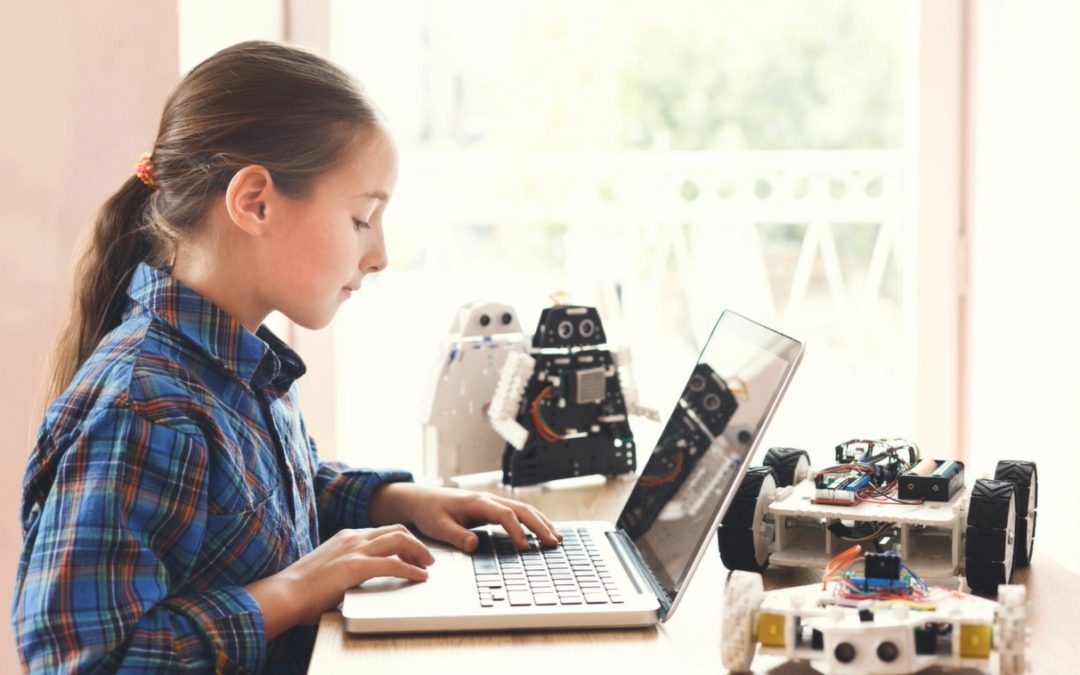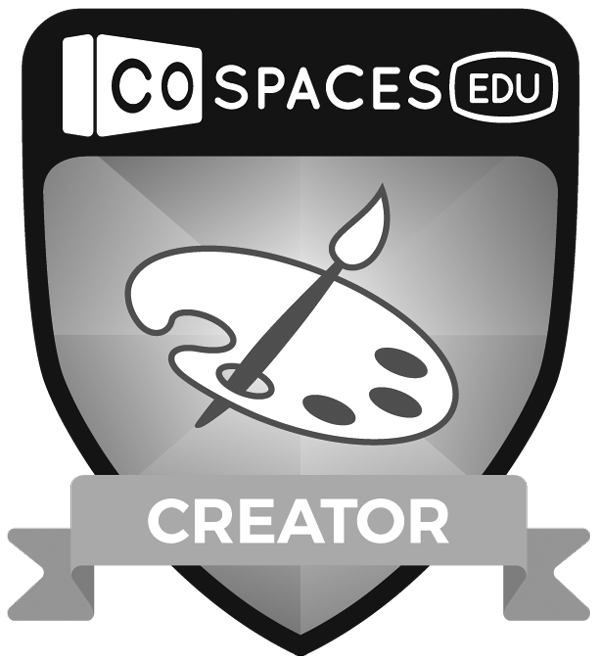We all have in mind a child who, when faced with a challenge, remains persistent until he or she solves it with ingenuity. Also to ourselves, passionately communicating a project on which we have worked as if there were no tomorrow. In parallel, we continually see how any app manages our day-to-day life and recommends new routines from machine learning. Our impetus as human beings and technological advancement coexist practically without us realizing it. In this duality you can learn and reflect.
The new learning of science and technology in childhood has led us to hear about robotics and educational programming. At first, educational robotics sounded like a term foreign to anyone who did not have advanced knowledge in technology. And, furthermore, the adjective “educational” was mixed with the commercial expansion of “new toys.”
The STEAM concept.
Now, where did robotics and programming come from? The Massachusetts Institute of Technology has a recognized track record in technological and social innovation. This center brought us closer to two ideas consolidated today in the educational world: Scratch, a programming system designed for these ages and the STEM concept, currently STEAM. We will focus on this idea.
Abbreviations STEAM correspond in English to the hybrid of Sciences, Technology, Engineering, Arts and Mathematics. If we look closely, these areas are related, interdependent between them and even causal or functional. Technology and engineering need mathematics and science, science needs mathematics and… the arts? Thinking about the transdisciplinarity of these areas means proposing project work and Design Thinking as a learning methodology.
These methodologies applied to STEAM are characterized by several development phases that include planning, prototyping and communication of results. And this is where the Arts take center stage in STEAM. In the ideation of any solution or innovation it is important to design the idea, schematize it visually, make a prototype from the creativity and ingenuity of the combination of materials and shapes; as well as capturing attention visually, whether in draft or in the final result and dissemination.
Digital competence, educational innovation and STEAM.
Educational innovation has been considering school reorganization for years from project work, strengthening the transdisciplinarity of subjects and collaboration between teaching teams and multigrade students. Along these lines, the regularization of the curriculum at the state level includes STEAM in the subject of Environmental Knowledge and the development of digital competence. Even so, STEAM falls on a holistic learning model where learning is student-based and rooted in skills learning.
There are initiatives, such as Ignite Serious Play, dedicated to strengthening STEAM from childhood to secondary school in curricular environments and in Club format. The objective is to promote scientific thinking, critical thinking and creative thinking towards social development. Learning STEAM is no longer just creating technology, but learning it from the connection with society, research advances and sustainability. There are three axes that empower our children and young people by resorting to the magic of their creativity, their kindness towards others and respect and participation in the environment where we live and will live.
Transversal skills and STEAM learning.
STEAM learning is also rooted in competencies, not only to the specific competencies of the areas, but also to the transversal ones. These transversal skills or soft skills They are: problem solving, critical thinking, leadership, communication, teamwork and collaboration. Paying attention to each one, they are natural competencies of cognitive thinking and our social nature that allow us to develop project work, solve challenges and design new solutions. Even Sherlock Holmes needed, in his own way, these skills to solve cases.
Every day new areas, new needs and new proposals emerge. In World War II, Hedy Lamarr and George Antheil gave us the foundations of today's Wi-Fi, today the machine learning It recommends the series that we will like and currently everyone is working towards “a new normal.” STEAM, in its most holistic and comprehensive sense, has given us the present and, with learning from childhood, it will give us the future.







